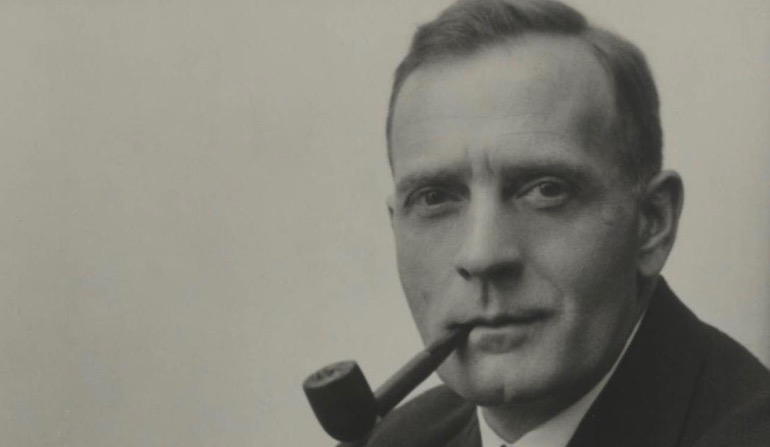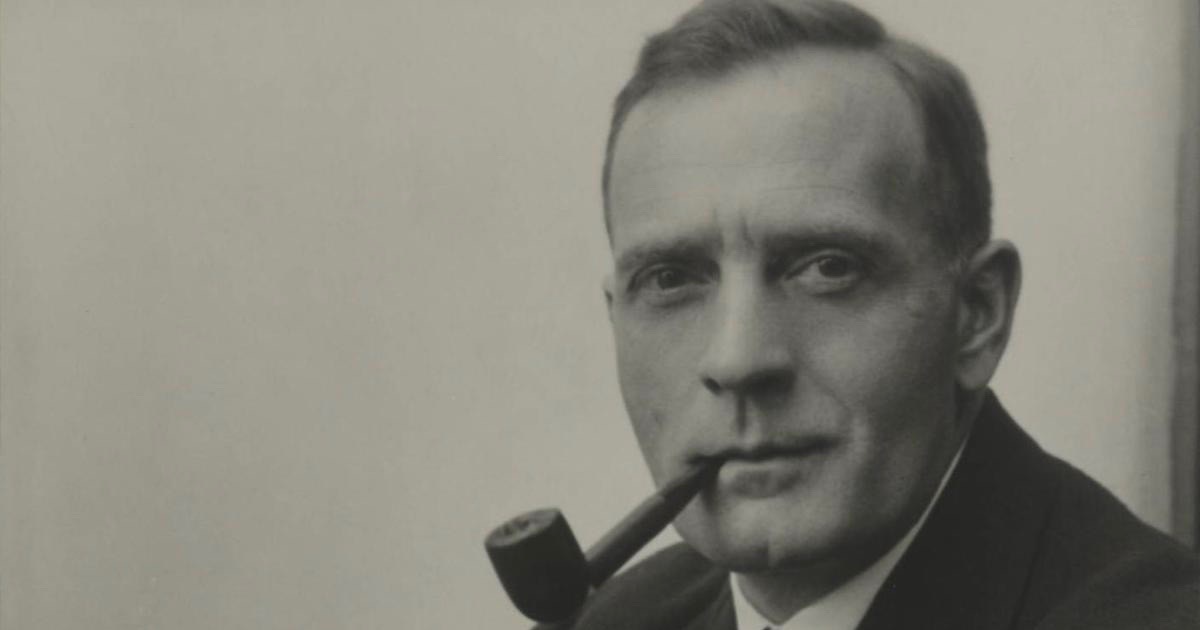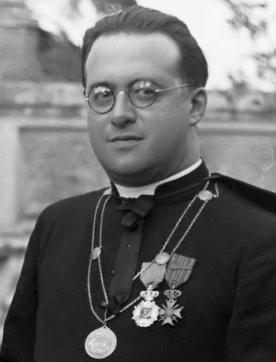 Physics, Earth & Space
Physics, Earth & Space
Proper Credit — Who Discovered Hubble’s Law?


Today marks the 90th anniversary of Edwin Hubble’s publication of the paper, “A relation between distance and radial velocity among extra-galactic nebulae,” in the Proceedings of the National Academy of Sciences. This short paper contains one table, one figure, and four reference citations. Yet, for its modest size, it has had enormous impact.
There Was a Beginning
In it the American astronomer presented observational evidence for the correlation between the radial velocities and distances to the spiral nebulae (termed extra-galactic nebulae by Hubble and today called galaxies). The radial velocities were measured from the Doppler shifts on spectra (made mostly years before by Vesto Slipher). Hubble determined their distances from his measurements of Cepheid variables identified on photographs taken with the 100-inch Hooker telescope at Mount Wilson Observatory. Cepheids are a type of astronomical “standard candle.” If you can measure the period and average apparent brightness from its regular light variations, then you can calculate its distance.
The figure included in the paper shows a simple, if rather noisy, correlation between the recession velocity of a galaxy and its distance. Albert Einstein soon after admitted that Hubble’s finding showed that the universe was not eternally static as he had assumed, but instead was expanding. Many leading scientists of the day realized the implication of the cosmic expansion — there was a beginning!
The Philosophy of the Day

Einstein, like other scholars of the day, had simply assumed the prevailing philosophy of the day, that there was no beginning and that to ask about a beginning to the universe was not even science (scroll down in link to the discussion with Nernst). Now, leading cosmologists (notably, Alan Guth and Alexander Vilenkin) admit that theoretical considerations combined with observations are best explained by a beginning to the universe.
Live Science rightfully takes note of this anniversary. The online article is a nice summary as far as it goes, but it leaves out one detail that leads me to answer the question I posed in the headline above. Well, did Hubble discover Hubble’s Law?
No! A Belgian priest and cosmologist named Georges Lamaître beat Hubble by two years. Sadly, his original paper was published in French in an obscure scientific journal. He is finally receiving the recognition he deserves. There is a movement among scientists to rename Hubble’s Law to include Lamaître’s name (see here, here, and here).
Lamaître’s Achievement
In 1927 Lamaître was probably the only person who fully understood cosmology from both the theoretical and empirical perspectives. He understood Einstein’s General Theory of Relativity, applied it to the cosmos, and predicted the velocity-distance relation, which he then confirmed with the available astronomical data. He even calculated the value of the constant of proportionality, now called the Hubble constant. Not only was Hubble two years late, but also he didn’t grasp the implications of his eponymous law.
In 1931 Lamaître published a paper in Nature in which he presented his theory of the early universe, called the Primeval Atom. It formed the basis for the Big Bang theory, a term coined by Fred Hoyle in 1949. While intended as pejorative, Hoyle’s label, in a way, was a tacit acknowledgment by a then avowed atheist of the implications, clearly favorable to theism, of Lamaître’s theory.
Photos: Edwin Hubble (above) in 1931, by Johan Hagemeyer (1884-1962) [Public domain], via Wikimedia Commons; Georges Lamaître (below), via Wikimedia Commons.

